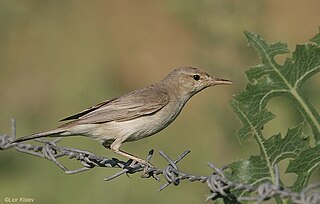
The eastern olivaceous warbler is a small passerine bird with drab plumage tones, that is native to the Old World. For the most part it breeds in southeastern Europe, the Middle East and adjacent western Asia, and winters in the northern Afrotropics.
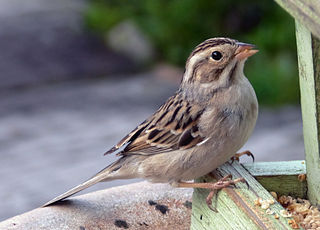
The clay-colored sparrow or clay-coloured sparrow is a small New World sparrow of North America.

Tradescantia pallida is a species of spiderwort native to the Gulf Coast region of eastern Mexico. The cultivar T. pallida 'Purpurea' is commonly called purple secretia, purple-heart, or purple queen. Edward Palmer collected the type specimen near Ciudad Victoria, Tamaulipas in 1907.
Iris illyrica, the Illyrian iris, is a perennial plant from the iris family (Iridaceae), native to Southeastern Europe.

Oak apple or oak gall is the common name for a large, round, vaguely apple-like gall commonly found on many species of oak. Oak apples range in size from 2 to 4 centimetres in diameter and are caused by chemicals injected by the larva of certain kinds of gall wasp in the family Cynipidae.
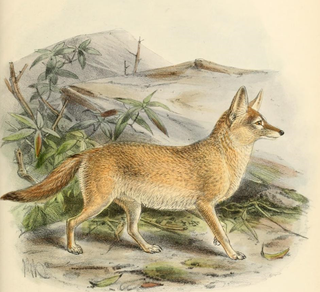
The pale fox is a species of fox found in the band of African Sahel from Senegal in the west to Sudan in the east. It is one of the least studied of all canid species, in part due to its remote habitat and its sandy coat that blends in well with the desert-like terrain.

Impatiens pallida, with the common names pale jewelweed, pale touch-me-not, or yellow jewelweed, is a flowering annual plant in the family Balsaminaceae native to Canada and the United States. It grows in moist to wet soils, generally alongside the closely related Impatiens capensis, producing flowers from midsummer through fall.

The red spitting cobra is a species of spitting cobra native to Africa.

Arctostaphylos pallida, commonly known as pallid manzanita, Oakland Hills manzanita, and Alameda manzanita, is an upright manzanita shrub from the Ericaceae, or heath family. It is endemic to the eastern San Francisco Bay Area of Northern California.
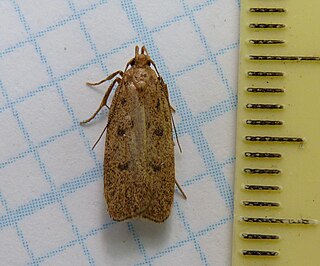
The Symmocinae are a subfamily of moths in the superfamily Gelechioidea. These small moths are found mainly in the Palearctic and Africa.

Aloeides pallida, the giant copper, is a butterfly of the family Lycaenidae. It is found in South Africa.
Cnodontes pallida, the pale buff, is a butterfly in the family Lycaenidae. It is found in Zimbabwe, Zambia, Botswana, northern Namibia, Mozambique, Eswatini and possibly South Africa (Limpopo). Its habitat consists of open savanna.
Scopula pallida is a moth of the family Geometridae. It is found in India.
Pantacordis pales is a moth of the family Autostichidae. It is found in Croatia, Slovakia, Hungary and Romania.
Pantacordis pantsa is a moth of the family Autostichidae. It is found in Greece and the Republic of Macedonia.
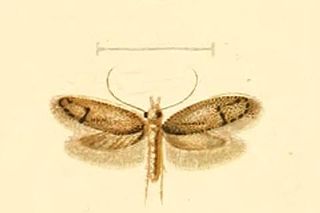
Pantacordis scotinella is a moth of the family Autostichidae. It is found on Crete.

Iris pallida subsp. cengialti is a subspecies in the genus Iris, it is also in the subgenus Iris. It is a rhizomatous perennial, from Italy and Slovenia. It has yellowish-green, glaucous, lanceolate or ensiform leaves, tall stem, green flushed with purple spathes, 2 short branches, 2–3 scented flowers, in shades of violet, blue-violet, deep purple, blue-purple, deep blue-purple, pale purple, deep blue, to mid-blue. It has a yellow or orange tipped beard. It was originally published as Iris cengialti but then re-classified as a subspecies of Iris pallida, and known as Iris pallida subsp. cengialti, but it is often still called Iris cengialti. It is cultivated as an ornamental garden plant in temperate regions.

Pantacordis is a moth genus in the family Autostichidae.

Iris pallida subsp. illyrica, synonym Iris pseudopallida, is a subspecies of Iris pallida. It is a rhizomatous perennial from Croatia. It has flat, curved of sickle-shaped leaves, tall slender stems, 3–8 fragrant flowers, in shades of violet, or pale violet flowers, mauve, lavender, purple, yellow or white, between May and June. The iris was originally thought to be a separate species, but later classified as subspecies of Iris pallida, although in Croatia, it is still known as Iris pseudopallida. It is cultivated as an ornamental plant in temperate regions, especially in the Balkan regions.
Pantacordis klimeschi is a moth in the family Autostichidae. It was described by László Anthony Gozmány in 1957. It is found on Sicily.












